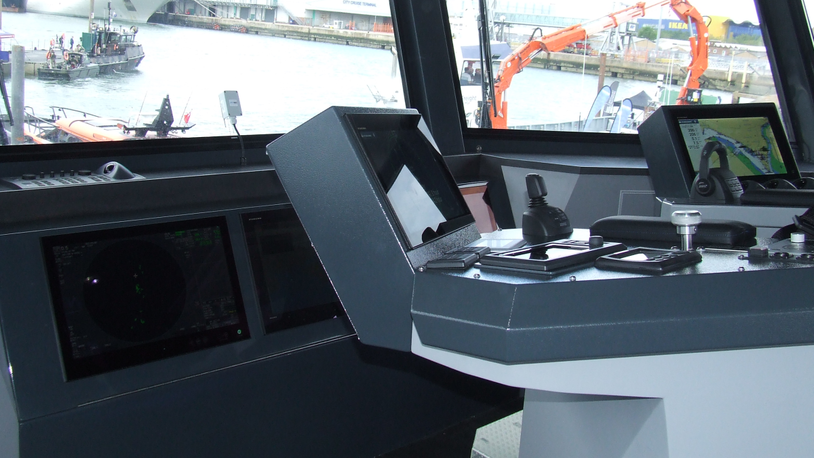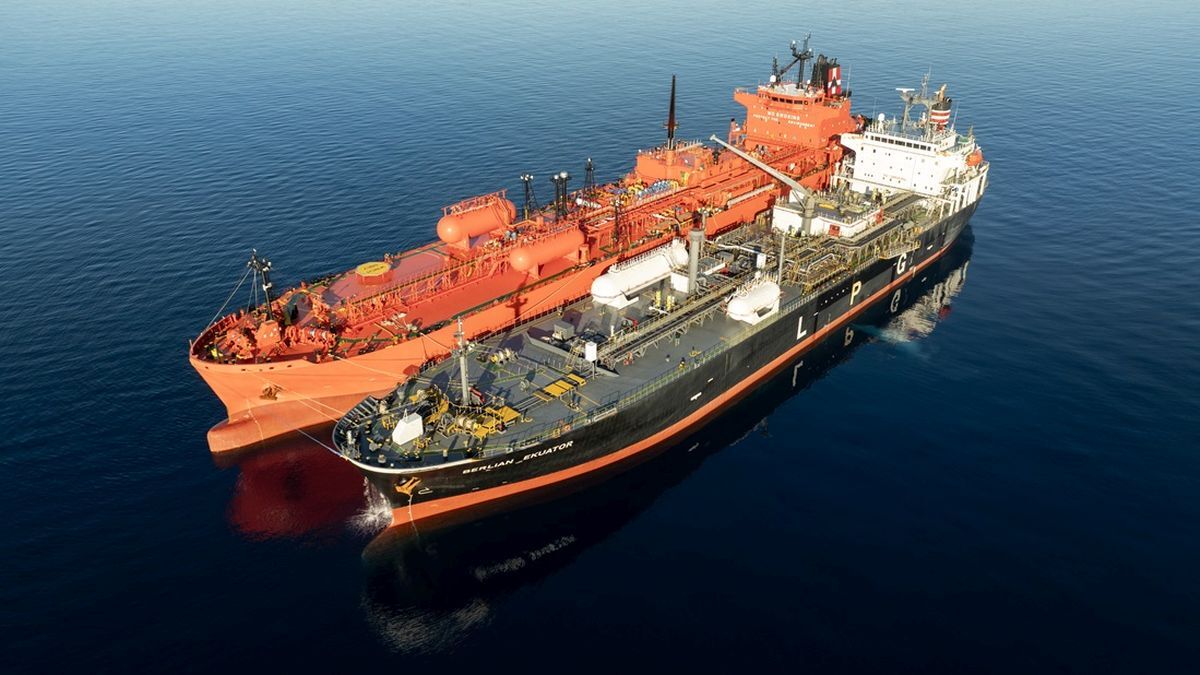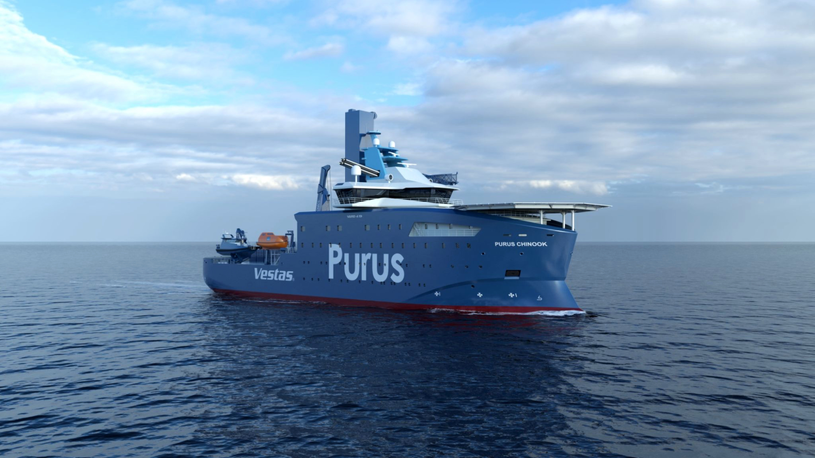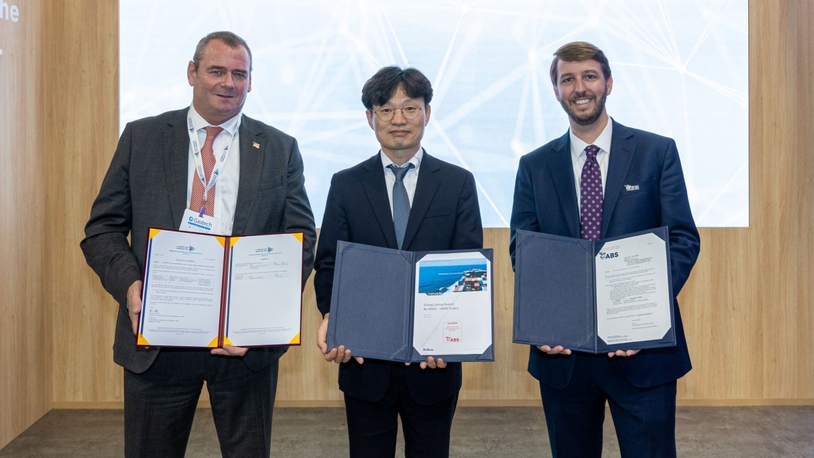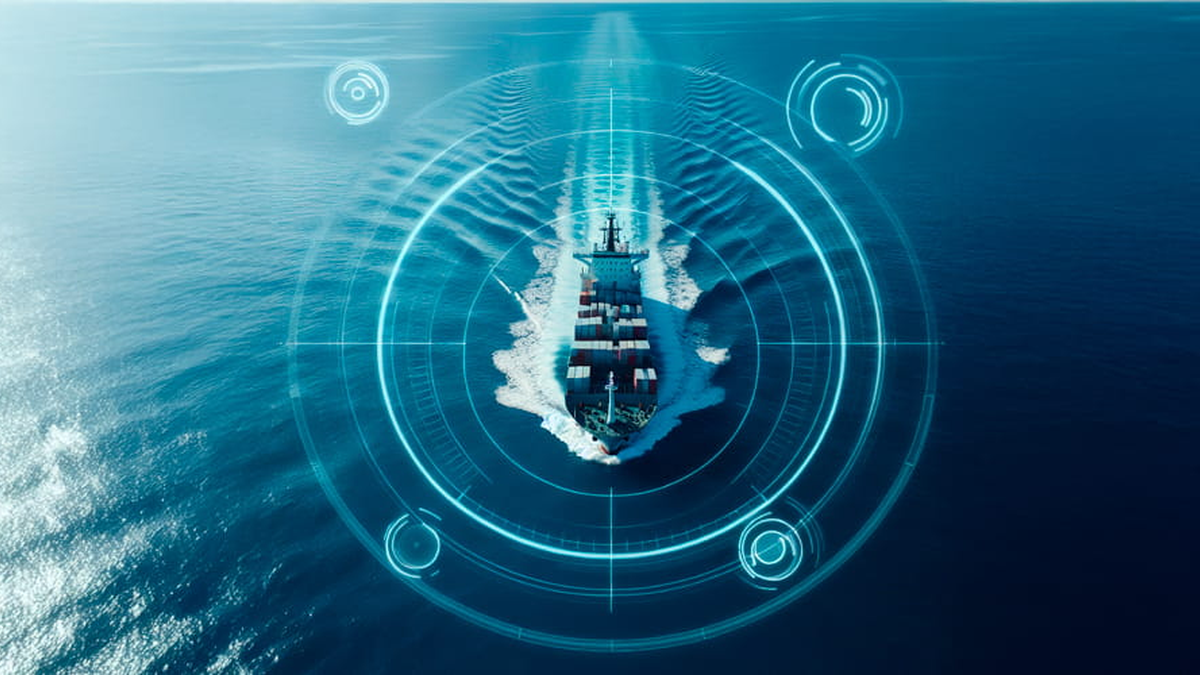Business Sectors
Contents
Technology helps operators minimise onboard call costs
Satellite phone communications have become increasingly complex, with airtime and service providers boosting the range of options available to end users by incorporating various GSM (global system for mobile communications) technologies. But even with increasing interest in very high throughput services for passenger ships, many commercial vessel crews still require a straightforward, affordable, flexible and reliable voice and data solution. When ships operate close to coastlines, there are terrestrial 3G mobile phone networks available, and there is WiFi in ports. But outside these networks, passengers and crew rely on a ship’s satellite communications for GSM services.
Wireless Maritime Services (WMS) and MTN Satellite Communications introduced the Connect at Sea voice application in 2012, to help passengers and crew make cost-effective phone calls and send text messages from their own Apple and Android devices. This service uses a ship’s own WiFi network for intra-ship calling, and MTN VSAT connection for calls to the shore or other vessels (MEC, October/November 2012).
“Passengers and crew want a choice of cost-effective mobile communication solutions as well as the convenience of using their personal devices,” said WMS’s head of customer support and product development, Jim McKenna. “The Connect at Sea application meets that demand. It is a natural progression of our offerings from the maritime 3G capabilities we introduced in November 2010.” The service will also allow users to download files, TV content, films and music. But if the 4G services are not required, then crew and passengers can use WMS’s existing networks.
The WMSatSea network supports both GSM and code division multiple access (CDMA) technologies and is accessible to mobile phones served by more than 400 carriers worldwide. WMS’s CrewzFone service allows crew members to make and receive calls and text messages, at special crew rates. This service requires an unlocked GSM phone and a CrewzFone SIM card. Due to regulatory restrictions, the WMS network is only available when the ship is at sea at least 12nm from shore, or 2nm from EU coasts. WMS services support general packet radio service (GPRS) and exchanged data rates for GSM evolution (EDGE), 3G, and long-term evolution (LTE) towards 4G services.
On-Waves GSM services also support GPRS, EDGE, 3G and LTE, as well as enhanced CDMA through the ship’s satellite link. It enables inbound and outbound calls, e-mails, text messaging and data services. For passenger services On-Waves can offer on-demand mobile TV and video. For crew there is similar functionality at lower prices through pre-paid cards and online account management. The equipment required on board the vessel to provide On-Waves services includes a cable network and a distributed antenna system linked to VSAT infrastructure.
Cost-efficiency is a major factor in a shipowner’s decision to install GSM networks on their ships. Minimising the data sent via the satellite link is one way to manage costs. Another method is to implement technology that reduces the data required for GSM and voice over IP (VoIP) calls. Vobal Network technology manages bandwidth used by VoIP applications. It utilises less than 8 Kbps per call in both directions over standard IP and VSAT or FleetBroadband (FB).
The Vobal S3 GSM base station server is linked via Ethernet to the ship’s network and two satcom antennas, then the firewall needs to be reconfigured to enable GSM traffic to pass. With the S3 station, Vobal provides a GSM 900 MHz service that runs on top of the core VoIP network. The GSM signal can extend throughout crew accommodation, up to eight decks, and can be configured across the whole ship. The S3 will support up to seven handsets being used simultaneously and accepts existing phone SIM cards. There would be no additional cost to crew to connect to the Vobal network.
WINS Systems incorporates GSM and VoIP telephony with a wideband interactive network via Eutelsat’s global satellite coverage. WINS converts all call traffic into IP transmissions to optimise bandwidth use. GSM services incorporate onboard base transceiver stations (BTSs) that are connected via the ship’s satellite link to a terrestrial gateway, which houses the base station controllers. There is also the mobile switching centre of the public land mobile network (PLMN) platform that is operated by a licensed GSM operator with roaming agreements. WINS can equip vessels with space-saving 21cm x 28cm nanoBTSs to provide onboard WiFi.
The GSM service uses the existing satellite bandwidth capacity shared with other onboard services such as IP connections or VoIP. GSM calls arrive via the satellite hub station to the GSM gateway and are then routed through the roaming platform site operated by a licensed GSM operator from where it will be terminated in any part of the world. The opposite direction is used for incoming calls. WINS can install wireless access points for onboard WiFi and create Internet rooms for crew or passenger IP services.
Globe Wireless can install a WiFi network linked to an FB terminal on ships to support an onboard GSM network. The success of its GlobeMobile service is such that in 2012 the services exceeded one million GSM minutes per month. Globe Wireless’s head of marketing, Rene DeVillers, thinks the success is down to having a low-cost solution. “Our GlobeMobile works through pico cells on the ship and the Globe i250 FB terminal,” he said. “Unlike other systems, none of the authentication requests are routed ashore. All of the approvals are done on the ship and less data is routed across the satellite link.” This also means crew can use GlobeMobile for intra-ship calls, almost as an intercom system. GlobeMobile can also be linked to an Iridium OpenPort or VSAT terminal.
“Our R6 solution GSM allows up to five simultaneous voice calls over one FB, so it can be used for business or crew calls,” Mr DeVillers said. “When the crew have GSM phones they can be assigned US-based numbers so they can get incoming calls. Our solution is cheaper to operate than those that do authentication ashore.”
Globe Wireless recently signed an agreement with Arimar to provide Globe iFusion and GlobeMobile services to Italian flagged vessels. Arimar will act as the billing agent on these vessels. Globe Wireless hopes this agreement will expand its presence in the Mediterranean market.
Crew can use other methods of voice communications through terminals such as Iridium Pilot, OpenPort and FB. One example is using Station711’s Crewtalk solution through an onboard voice gateway. In January, the subsidiary of RRsat Global Communications Network announced that Crewtalk could be integrated with FB multi-voice services. This integration increases both operational and personal communication accessibility and efficiency, said RRsat’s managing director of mobile satellite services, Ohad Har-Lev.
“Station711’s Crewtalk solution is tailored to address varied onboard needs and challenges faced by crews at sea,” he said. “The integrated solution allows shipping companies to take advantage of the multi-voice service to increase the commercial and operational onboard productivity and significantly enhance crew welfare.”
Crewtalk has the flexibility to support commercial, operational and pre-paid voice services by allocating different profiles per user and incorporating onboard extensions. It will allow ship operators to provide their crew with personal links and integrates with a crew pre-paid solution. Crewtalk manages voice usage and costs by ensuring all phone calls are routed through the pre-paid system from dedicated voice lines and public exchange extensions.
The integrated Crewtalk multi-voice solution provides up to nine simultaneous voice lines when linked to FB 250 or FB 500 terminals, and four simultaneous voice lines with FB 150. Ship operators with Sailor FB terminals can create a fully integrated Crewtalk and multi-voice solution with just a firmware update and no other additional elements required. For other FB terminals, additional hardware can be used alongside the terminal to access the additional telephone lines with the multi-voice services.
Consilium Marine has introduced a WiFi router that combines a cellular network and satellite communications. The Icomera X6 Internet gateway provides a seamless connection through up to six onboard cellular modems and its own antenna. It supports communication from onshore WiFi and WiMax while a vessel is at berth, and from various GSM networks out to 20nm from the coast, said Consilium’s sales manager, Michael Blomgren.
“Icomera has its own antenna that picks up 3G and 4G signals from shore. Once in open sea, it uses the satellite communications. It then introduces a WiFi system on board for crew and passenger communications,” said Mr Blomgren. It is an open platform that allows vessel operators to use their own applications for crew welfare, IT remote management, condition monitoring, and access to virtual private networks and video conferencing.
An alternative for crew calling is Thuraya’s XT Dual phone, which offers satellite and GSM from one handset. It can be connected to either the Thuraya L-band satellite network or any GSM network globally for crew calling applications, said the company’s market development director, Kyle Hurst. Thuraya has roaming agreements with more than 340 partners to provide supplementary GSM coverage.
“Thuraya XT-Dual features data transmission via a built-in browser, offering GPRS data rates of up to 60 Kbps, which is the fastest on any satellite-enabled phone, and circuit-switched data at speeds up to 9.6 Kbps,” he said. “The strength of our satellite network means that the phone can still be used even if the antenna is stowed, or when in motion, or coupled with a docking unit.” Thuraya provides high-gain spot beams which can allocate resources dynamically to meet changing regional demand.
The XT Dual was designed to operate in demanding maritime environments, and is splash-, dust- and shock-proof, with an IP64/IK03 ingress protection rating. “Its durable battery provides up to six hours of talk time and 60 hours of standby time in satellite mode and up to 11 hours of talk time and 160 hours of standby time in GSM mode,” said Mr Hurst. “In emergency situations, the Thuraya SOS service provides a vital lifeline, using GPS technology to reliably pinpoint the user’s location and notify the nearest emergency services and pre-selected contacts.” Users can recharge the pre-paid SIM and check their billing information for post-paid accounts online. MEC
Related to this Story
AI, digital twins help design cyber-secure, green SOVs
Events
Offshore Support Journal Conference, Americas 2025
LNG Shipping & Terminals Conference 2025
Vessel Optimisation Webinar Week
© 2024 Riviera Maritime Media Ltd.


